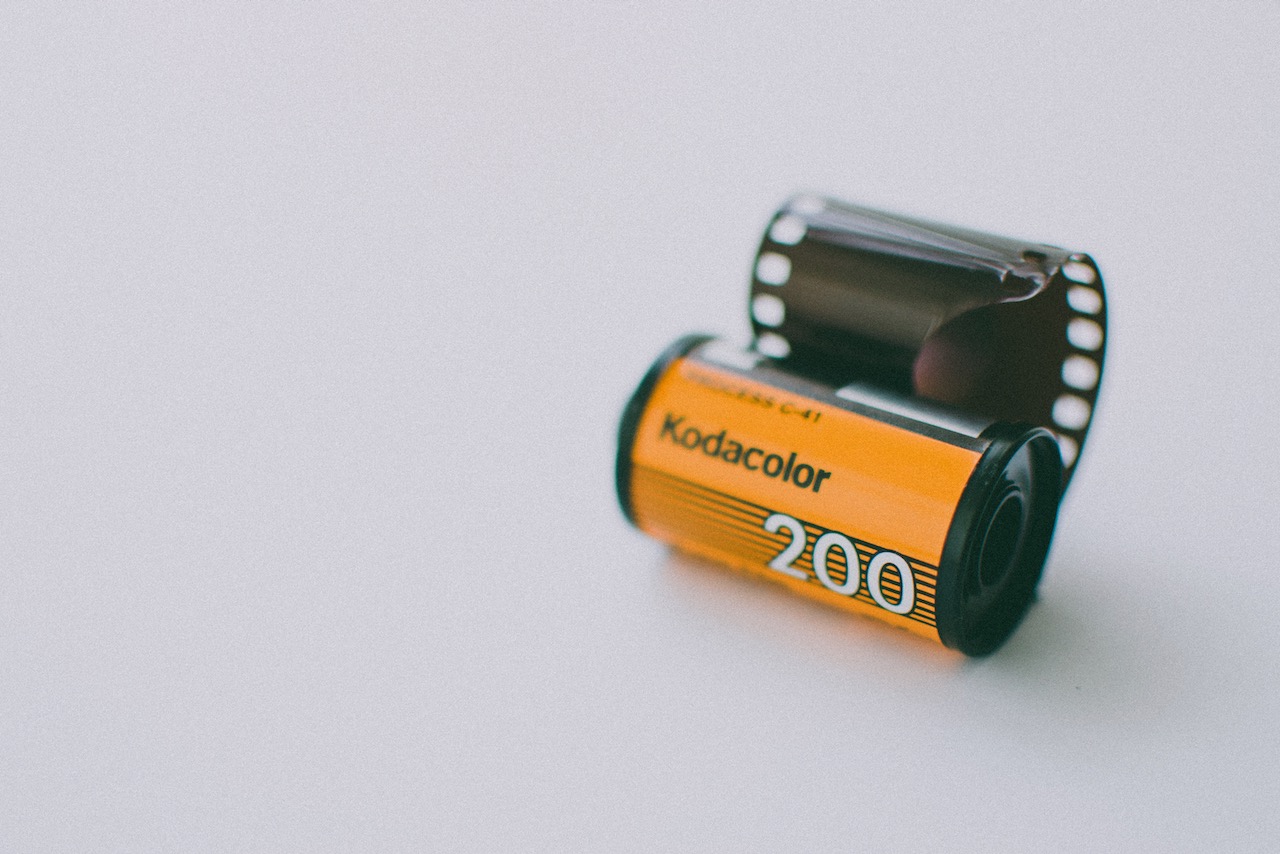I open this topic with a question that had been buzzing in my head – is film coming back?
The numbers seem to concur with this – analog photography is seeing a gradual but steady comeback, in no small part due to adoption by a generation that had likely never shot on film – the digital natives, a term coined by American writer Marc Prensky describing a generation who had grown up in the presence of digital technology. Seeing an opportunity to cash in on this trend, Pentax is said to be at the forefront of this revival with their film camera project.
Even though nearly all my family snaps back in the day were made in film, personally, I have ever only shot one roll of film, and really began my journey in photography in the early days of digital.
Yet as do many of today’s younger folks, I share much of their fascination with the aesthetics of this venerable medium.
The Rise of Digital
At the turn of the century, with digital still in its infancy, professional photographers of the day were still clinging onto their film cameras, and rightly so. At the time, digital hadn’t quite caught up with film in technical terms – with resolution still in the paltry single digit megapixels. There was also nothing very much to write home about as far as dynamic range was concerned. Film was, after all, as perfect as any product could get, evolving to its then current form in the course of the past century. Professionals at the time simply could not justify the switch over to digital. Everything was fine just the way they were.
I bought my first digital camera back in 2005. It was the BenQ DC-2410, which with its plasticky construction, felt more like a cheap toy than a real camera. By today’s standards, I would consider the image quality borderline passable – good enough for casual shares, but definitely not acceptable for professional work. But took pictures it did! I still have plenty of lovely old memories residing on my hard drive till this day.
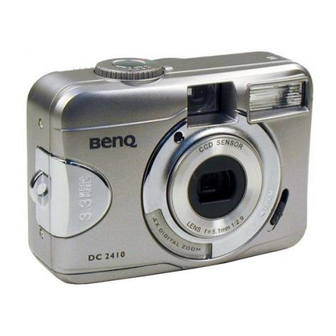
Nowadays, digital cameras have gotten so good that it simply does not make business sense to return to analog. Advances in electronics and optical technologies coupled with computational-driven image processing supercharged by artificial intelligence have given rise to a class of cameras that are in nearly all respects connected imaging computers, allowing professional photographers to build their businesses on the back of mostly-, or even entirely-digital workflows.
It took film nearly a hundred years of perfection to reach its current state, but digital imaging appears to have caught up in just about a fifth of that time.
So there aren’t really any bad digital cameras nowadays. Images captured are almost always clean, sharp and technically perfect.
Yearning for the Old Times
“Sterile”.
“Clinical”.
“Lacking character”.
We sometimes unfairly describe digital in these terms.
As it is often the case, quite paradoxically, we “fix” this by introducing adjustments to our photos with the help of presets, filters and tone curve adjustments. These adjustments are often done to make the images come out the way we want them to be. This is in contrast to just accepting somewhat technically perfect photos right out of our cameras. Also, there is simply no shortage of Lightroom presets out there designed to give your photos the film-like aesthetics that we sometimes yearn for.
To a large extent, I believe, apps such as Instagram and many similar others have played a role in the trend that we are seeing in regards to analog photography uptake these recent years. These apps attempt to recreate the look and feel of analog and film through the use of clever image processing. Some manufacturers such as Fujifilm and Ricoh incorporate film simulations in their image processing engines.
Fujifilm in particular, have based their simulations on their nearly century-old expertise in film manufacturing. Their simulations are designed to emulate the aesthetics and feel of their popular film stocks such as Velvia, Astia and Provia. But simulations are just that – simulations. Sure, they may come close, but are in no way meant to reproduce the aesthetics of film perfectly.
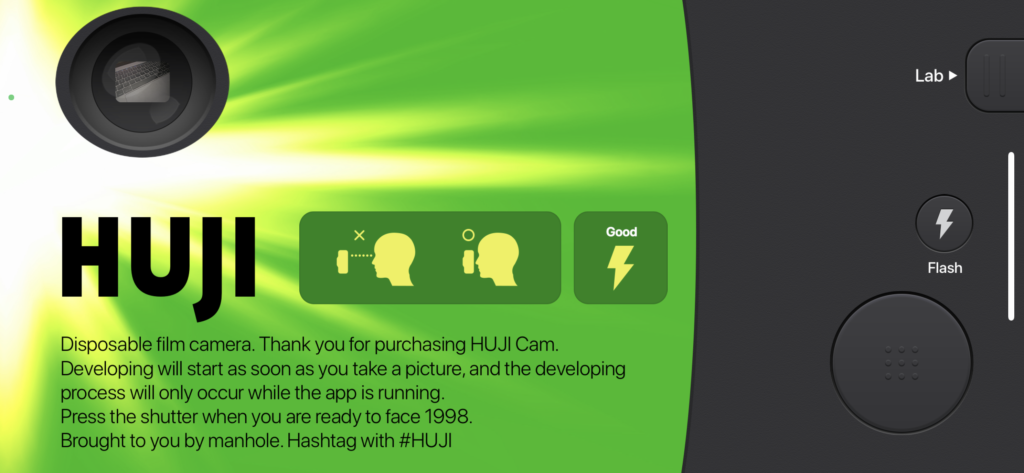
If you are looking for a similar experience on your mobile device, an app that I found particularly fun to use is Huji Cam (which by that name alone, tells you something about its purpose).
The user interface is reminiscent of those plastic disposable film cameras so ubiquitous in the 90s. There is something beautiful about the way the colours are rendered. Even the imperfect “plastic” lens is simulated – you can see aberrations and distortion closer to the edge of the frame. Heck, for better immersion, you can even have the option to introduce light leaks and turn on the embedded date stamp.
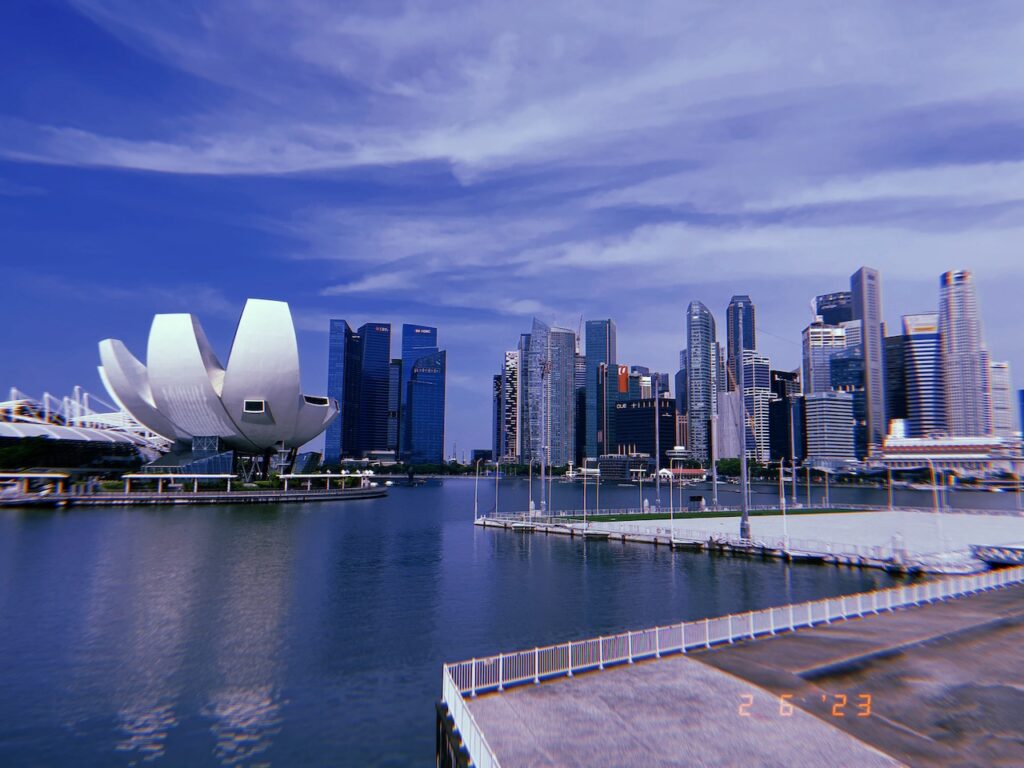
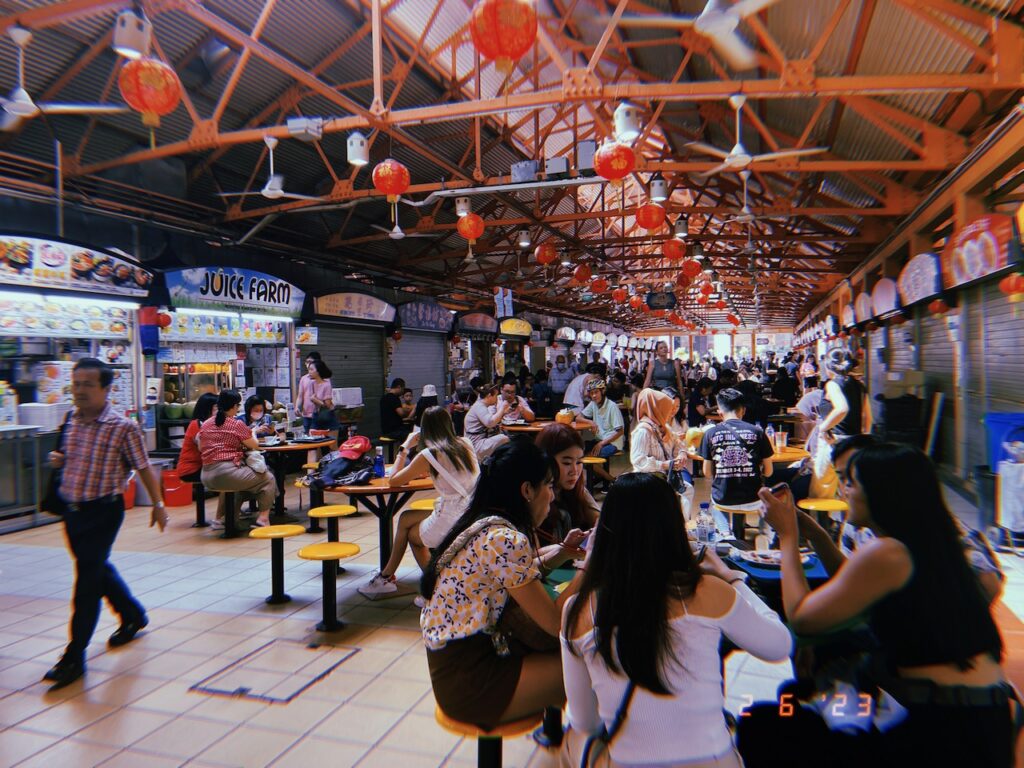
I suppose the appeal of analog is due to the unique characteristics of film. Since every film stock is different, this creates a degree of unpredictability which gives rise to a sense of excitement from not knowing how exactly your pictures will turn out. Digital by contrast, seems almost too predictable (at least for me) – I kind of know what to expect every single time after releasing the shutter.
There is also the aspect of delayed gratification. Unlike digital which gives you immediate feedback, there is no such immediacy with analog photography. This gives most people a heightened sense of anticipation as to what will transpire after the photos have been developed at the lab. Furthermore, creating some space and distance between the time a photo is captured and when it is later viewed may help you view the photo more objectively. This is pivotal in learning how to capture better images in your photographic journey.
With little latitude for correction after an exposure has been made, shooting in film also forces you slow down and be more deliberate with each capture. Being more deliberate and present with each capture allows you to think through the framing and composition more carefully, thus making you a better photographer over time.
Where to in 2023?
At this juncture, it is hard to tell if film and analog photography is just a passing fad – its last moment in the sun. But what is certain is that while it is seeing a comeback among hobbyist and enthusiast photographers, it’s not likely that film will ever be as dominant as it once was in commercial photography.
So let us savour and appreciate what film has to offer while it lasts.
